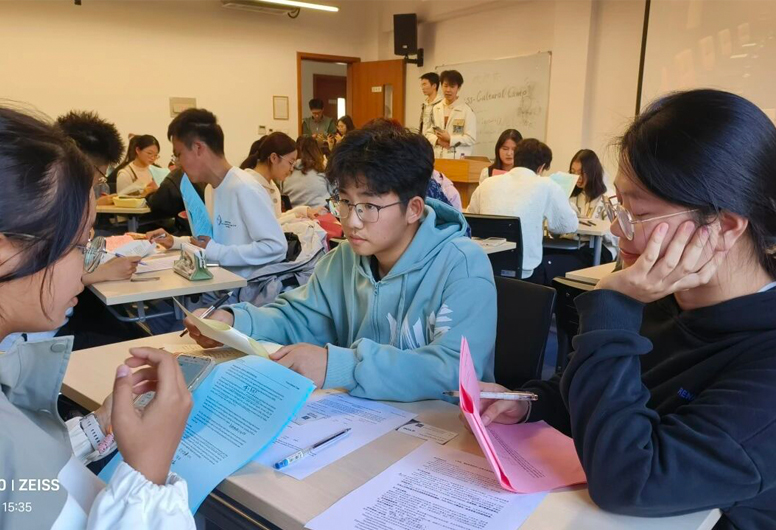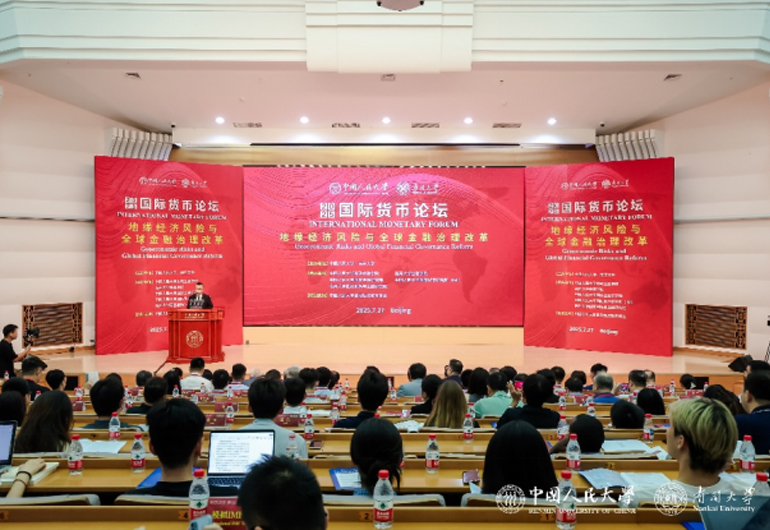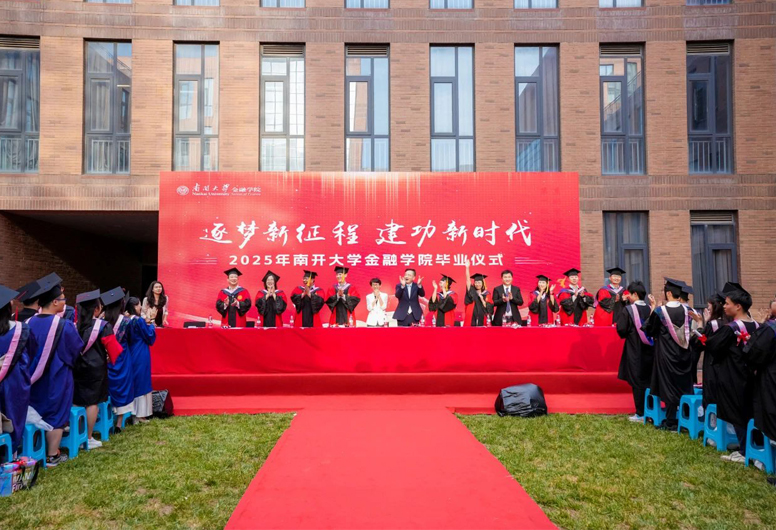Comprehensive News | Finance School’s Young Faculty Members Publish High-Quality Journals in the Insurance Field
Recently, young faculty members from our school have continuously published high-quality journal papers in the field of insurance. Dr. Du Xia, in collaboration with Professor Zheng Wei, Head of the Department of Risk Management and Insurance at Peking University, and Associate Professor Yao Yi, published the paper “The peer effect in adverse selection: Evidence from the micro health insurance market in Pakistan” in the international top-tier journal Journal of Risk and Insurance. Dr. Wang Xiaoqian, in collaboration with Associate Professor Shi Ju from the Department of Economics and Assistant Professor Wang Xi from the Department of Finance at Peking University, published the paper “Micro Health Expense Prediction Models: From Linear Regression to Machine Learning” in the authoritative domestic journal Economics (Quarterly).
“The peer effect in adverse selection: Evidence from the micro health insurance market in Pakistan” is based on data from the AKAM micro health insurance program in Pakistan, examining and confirming the spread and diffusion of adverse selection through social networks, which is detrimental to the sustainability of the program. The paper first constructs a theoretical framework demonstrating that in the presence of heterogeneous peer effects, the willingness to pay among low-risk insureds further decreases compared to when no peer effects exist, while the willingness to pay among high-risk insureds increases. This widens the willingness-to-pay gap between high-risk and low-risk insureds under heterogeneous peer effects, exacerbating the problem of adverse selection in the market, where high-risk individuals are more likely to renew their policies while low-risk individuals are more likely to exit the market. The authors define individuals within the same insurance unit suffering from the same type of illness as peers within a social network. As the insurance program requires family coverage, the authors further categorize the medical expenditure risks faced by each family into four types based on the claim records and disease types of each family member. The paper confirms two hypotheses: (1) renewal decisions within peer families in the same social network are convergent (peer effect); and (2) renewal decisions of high-risk families are more convergent with their high-risk peer families rather than low-risk peer families (heterogeneous peer effect), indicating high-risk families are inclined to renew their policies and vice versa for low-risk families. This study innovatively combines social networks with traditional adverse selection issues, exploring the mechanisms and effects from both theoretical and empirical perspectives, and provides policy recommendations on how to reduce adverse selection under heterogeneous peer effects.
The paper “Micro Health Expense Prediction Models: From Linear Regression to Machine Learning” focuses on reducing the technical barriers to implementing health insurance payment reform in China, given the current push for such reforms and the lack of suitable expense prediction models tailored to China’s national conditions. Utilizing large-sample micro health insurance data, the paper constructs multiple individual health expense prediction models, emphasizing the comparison of out-of-sample prediction abilities between traditional prediction models and machine learning models. It also constructs a risk-adjusted capitation payment model, demonstrating how the application of machine learning models can reduce the financial uncertainty faced by healthcare institutions, thus garnering more support from micro entities for the reform and facilitating its smooth promotion and deepening. The study finds that most machine learning models outperform linear regression models in prediction performance, with the gradient boosting model being the best performer. Policy simulations show that using machine learning model predictions to determine capitation payment amounts leads to lower financial risks for healthcare institutions compared to using linear regression model predictions. This paper is the first systematic exploration of various machine learning models’ out-of-sample prediction performance for micro health expenses in China, providing support for the application of machine learning models in the field of health insurance payments.
Article 1:
Title: Du, Xia; Zheng, Wei; Yao, Yi. The peer effect in adverse selection: Evidence from the micro health insurance market in Pakistan. Journal of Risk & Insurance. Dec 2023, Vol. 90 Issue 4, p1063-1100.
Abstract: The peer effect may amplify adverse selection in social networks, hampering the sustainable operation of microinsurance. This paper uses data from a micro health insurance program in Pakistan to test for the peer effect in renewal decisions and the role it plays in amplifying adverse selection within social networks. The paper finds evidence supporting that insurance renewal decisions are similar among peers in the same network, and the peer effect is stronger among households of the same risk type than households of different risk types, indicating that the heterogeneous peer effect acts as an amplifier for adverse selection. The paper provides policy implications for effective ways to mitigate the peer effect and adverse selection, based on the results of heterogeneity analyses. The policy recommendation is to enforce a minimum group enrollment rate requirement of at least 60% for large groups to mitigate the peer effect.
Keywords: adverse selection, peer effect, social networks
Article 2:
Title: Shi Ju, Wang Xiaoqian, Wang Xi. Micro Health Expense Prediction Models: From Linear Regression to Machine Learning. Quarterly Journal of Economics, 2023, Vol. 23, Issue 06, pp. 2247-2263.
Abstract: The potential value of machine learning models in micro health expense prediction is worth further exploration. This paper compares the performance of linear regression models with various machine learning models in predicting individual health expenses, based on micro health big data. The results show that most machine learning models outperform linear regression models in prediction performance, with the gradient boosting model performing the best. Policy simulations found that using machine learning model predictions as a basis for determining per capita payment amounts under a capitation payment system results in lower financial risk for medical institutions compared to using linear regression model predictions. This study provides technical support for the reform of healthcare payment systems.
Keywords: health expense prediction, machine learning, healthcare payment system reform








